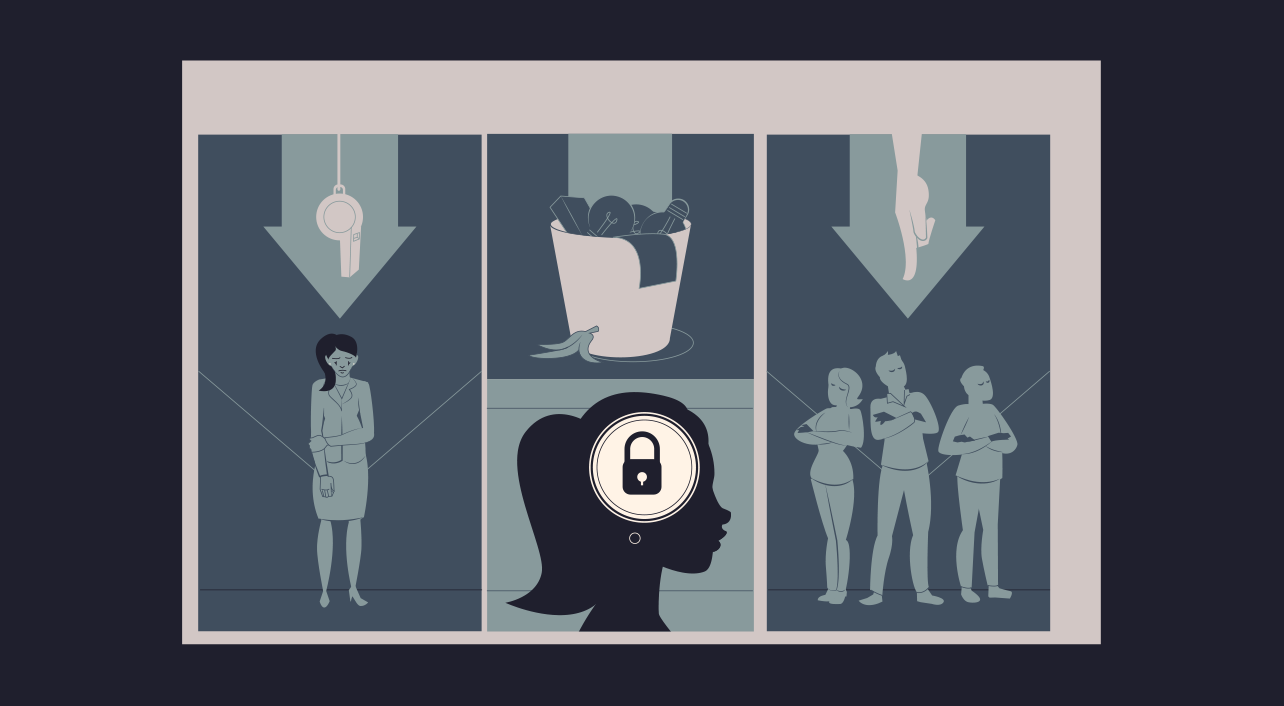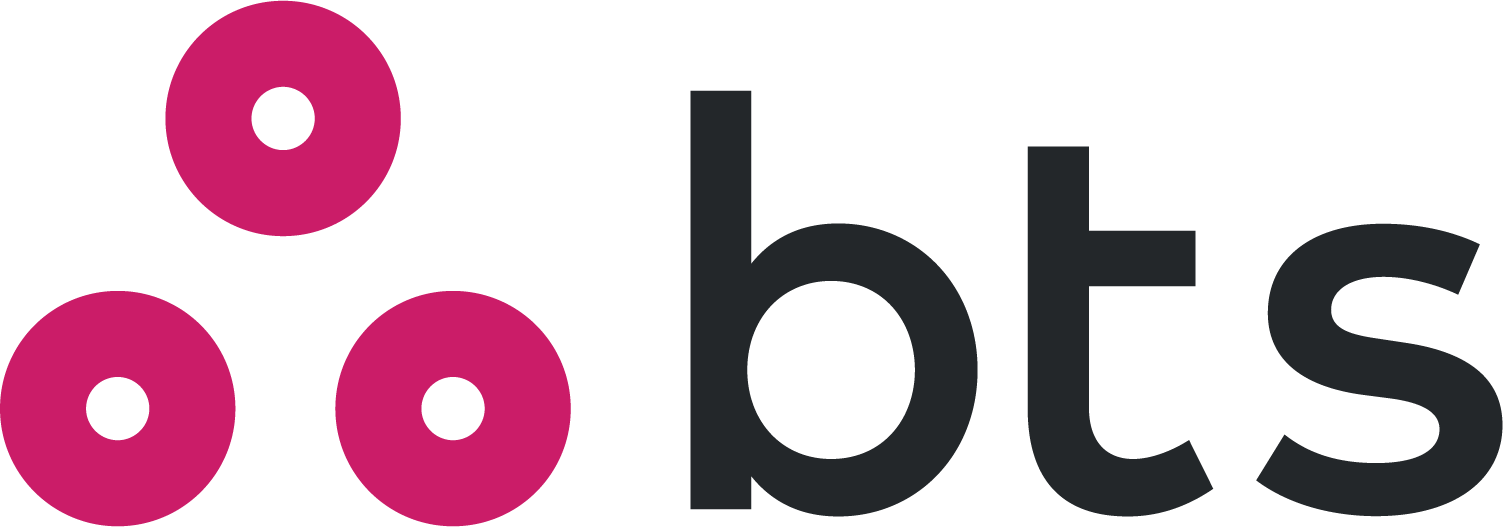- rli
- Blog post
Five kinds of learners – and who you can help the most
Among all your employees, where will your training efforts have the greatest impact?
A recent analysis of learner preferences, based on a survey by the marketing and ecommerce training company Econsultancy, indicates that employees fall generally into one of five “buckets” when it comes to attitudes toward training.
You may find these categories useful — not to pigeonhole people but to give you an idea of what training efforts, and with whom, are likely to prove most fruitful.
5 categories
The analysis listed these five categories of employees:
- Compliance only, 16%: These are people who resist structured learning other than what is required in terms of law, regulation, or maintaining/obtaining professional credentials.
- Reluctant, 19%: These employees aren’t eager for structured learning, but will accept it when they can see a clear connection to career advancement.
- Just a push, 22%: These folks will engage when they see a link between learning and outcomes, i.e., higher performance, operational efficiencies, etc.
- Eager, 24%: They’re open to learning, positive and enthusiastic. The analysis says they’re particularly likely to respond well to learning experiences that incorporate game-like elements.
- Self-starters, 19%: This group is so motivated to learn that they go out and do it themselves. No additional impetus needed.
Tailored approaches
The analysis suggests that organizational training specialists leave “Compliance only” learners alone unless the learning is mandatory. It’s not that they are bad employees, or unwilling to learn. They just want to learn what they think they need to, under their own power.
Similarly, “Self-starters” don’t need much attention, either. Just make sure that they know where to access relevant learning resources.
Instead, the analysis suggests trainers focus their efforts on what the report calls the “movable middle” — categories 2, 3, and 4, which account for about 65% of all employees. This is where training efforts can gain the most leverage.
The ‘movable middle’
For the Reluctant, make sure the learning you propose can be mapped to career advancement. Have line managers verify progress during regular employee check-ins.
For the Just a Push crowd, have an executive or other respected senior figure introduce the proposed training. Explain what specific outcomes are expected and why this particular training can deliver them.
For the Eager, provide live, high-energy kickoffs for learning programs. Use gamification elements like leader boards to whet their existing enthusiasm.
A final word: You’re not always going to be absolutely sure which of the five buckets a given employee falls into. Nor will you necessarily have the means to customize your approach for each person.
But having this template to refer to can help you adjust to people’s individual tendencies and preferences, insofar as possible.
This blog entry is based on the white paper “The five types of professional learner and what they mean for upskilling programs,” Econsultancy, 5/31/2023.



